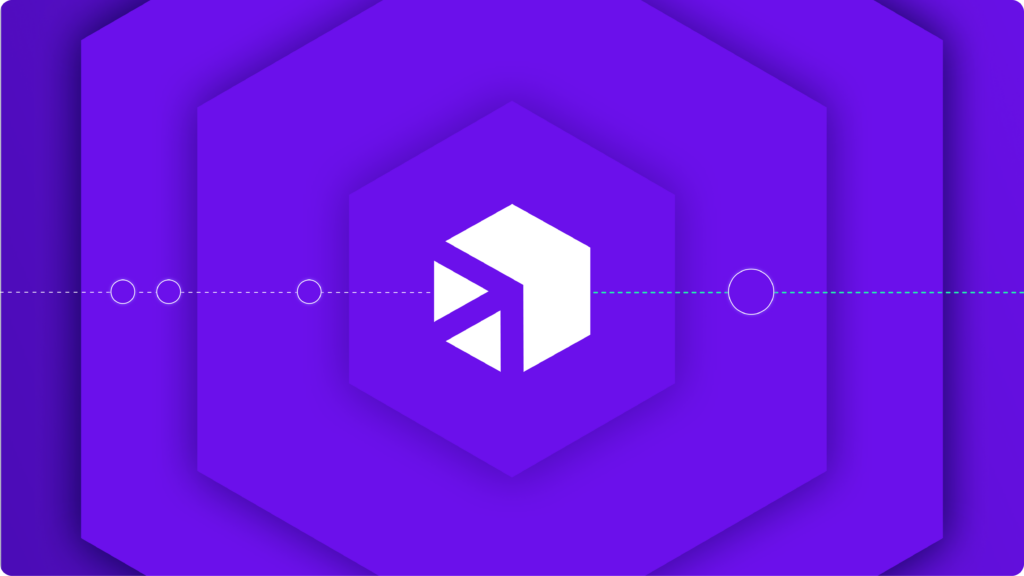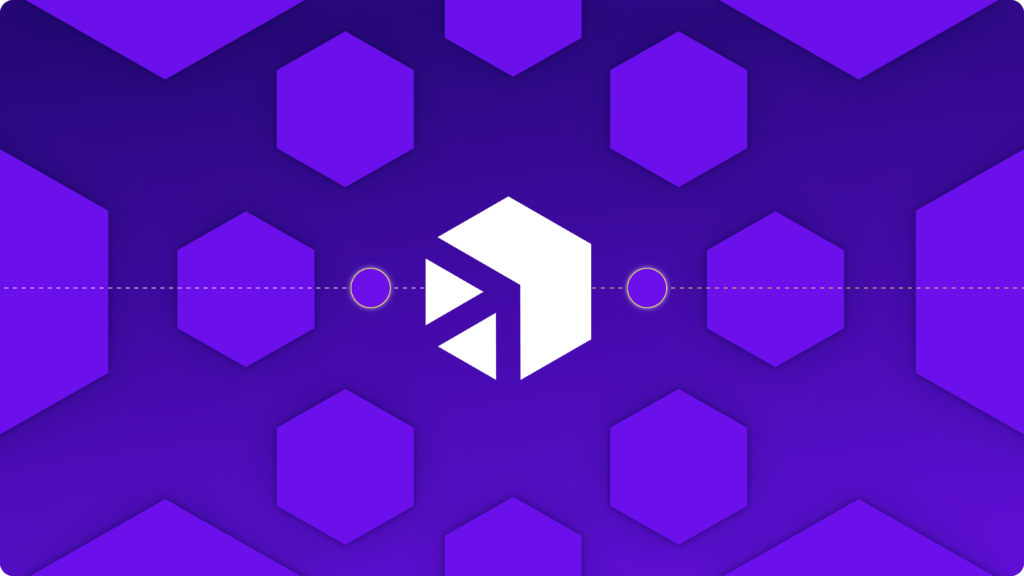novembro 7, 2022
As soluções tecnológicas do passado foram criadas com a premissa de que deveriam durar a vida toda. Os investimentos em um novo sistema ou arquitetura tecnológica eram feitos com a expectativa de oferecer retornos por muitos anos.
No entanto, o mundo muda – e rapidamente. A ideia de ter uma tecnologia quase permanente e definitiva é uma ilusão. Empresas que acreditaram nessa premissa agora dependem de arquiteturas monolíticas, complexas e acopladas, onde a simples alteração de uma parte pode comprometer todo o sistema. Por isso, a modernização de sistemas legados tornou-se uma prioridade para muitas organizações.
Mover dados e informações através desses sistemas isolados ou entre eles é um processo desafiador e demorado. Empresas que continuam a depender dessas soluções obsoletas estão em grande desvantagem em relação a concorrentes com infraestruturas mais flexíveis. Elas se tornam vítimas do aprisionamento tecnológico.
>> Agende uma demonstração personalizada com nossa equipe de especialistas e veja como o iPaaS da Digibee trará eficiência ao seu negócio.
O que é o aprisionamento tecnológico?
O aprisionamento tecnológico ocorre por diversos motivos, incluindo:
- A incapacidade de acompanhar e incorporar avanços tecnológicos
- A dependência de soluções que não se comunicam com outras plataformas
- O receio de novas soluções e os possíveis desafios que elas possam trazer
A resistência – ou a impossibilidade – de adotar novas tecnologias pode impactar negativamente a capacidade de uma organização de competir em um mercado em constante mudança. Empresas vítimas do aprisionamento tecnológico enfrentam um dilema: investir na modernização de sistemas legados ou acumular uma dívida tecnológica cada vez maior, enquanto tentam acompanhar concorrentes mais ágeis.
O aprisionamento tecnológico ou dependência de fornecedores pode ser evitado?
Algumas empresas, na tentativa de escapar dos riscos do aprisionamento tecnológico, resistem a se comprometer com um único provedor de nuvem. Contudo, ao construir uma solução totalmente agnóstica de nuvem, acabam dependendo de várias soluções que, na prática, geram um aprisionamento interno e aumentam significativamente os custos.
Migrar para outra solução no futuro exigiria reescrever funcionalidades baseadas nas escolhas atuais de nuvem. Por outro lado, não escolher uma solução agora pode levar a uma reformulação imediata dessas capacidades, resultando em trabalho adicional, atrasos e potenciais riscos de segurança.
Liberdade do mindset do aprisionamento
A ascensão de arquiteturas mais flexíveis e de microserviços marca uma mudança de mentalidade nas empresas – e esse novo paradigma pode libertar organizações das limitações do aprisionamento tecnológico.
O segredo não está em escolher entre sistemas essenciais, mas ultrapassados, e soluções modernas e atrativas. A verdadeira solução é abraçar a modernização de sistemas legados utilizando arquiteturas flexíveis que preservem os sistemas antigos. Implementar novas aplicações ao lado de sistemas legados elimina o problema do aprisionamento, permitindo que as empresas ampliem e maximizem os investimentos já feitos nesses sistemas. Assim, a única decisão para os gestores será escolher a ferramenta que entrega o melhor valor.
Para que essa abordagem funcione, a arquitetura tecnológica deve garantir que os dados essenciais para as operações diárias sejam transportados entre diferentes ambientes sem barreiras ou danos à sua integridade . Nessa perspectiva, optar por uma plataforma especializada, desenvolvida especificamente para essa finalidade, é mais econômico e eficiente do que investir recursos no desenvolvimento de soluções internas.
As empresas precisam superar o medo do aprisionamento tecnológico e priorizar o uso das melhores soluções disponíveis para atender às suas necessidades no momento. Construir uma plataforma incapaz de se comunicar com outros serviços prejudica a competitividade e resulta em perda de participação no mercado.
iPaaS para modernizar sistemas legados
Integrar sistemas legados essenciais para os negócios a novas soluções tecnológicas traz desafios e riscos significativos. Escolher e implementar uma solução de integração pode:
- Exigir um investimento inicial considerável
- Causar tensão em equipes de TI já sobrecarregadas
- Interromper operações comerciais regulares
- Aumentar o risco de perda de dados
- Adicione meses ou anos aos planos de transformação digital da empresa
Muitas soluções de integração demandam grandes investimentos de tempo e recursos para serem bem-sucedidas – tanto na implementação quanto na manutenção contínua. De fato, 98% das empresas relataram ter precisado reconstruir integrações importantes no último ano.
No entanto, uma plataforma de integração como serviço (iPaaS) pode ajudar a minimizar riscos, custos e o tempo de implementação. Como as conexões podem ser construídas sobre a arquitetura existente, sem substituir as integrações legadas até que os testes sejam concluídos, um iPaaS pode reduzir significativamente os cronogramas de projetos de integração e mitigar os riscos associados à modernização de sistemas legados.
Descubra a diferença da Digibee
A Forrester Research revelou que o iPaaS da Digibee ajuda empresas a aumentar a eficiência dos desenvolvedores, reduzir custos e acelerar o time-to-market, proporcionando um retorno sobre o investimento de 232% e um período de retorno inferior a seis meses. Permita que tornemos seus esforços de migração de sistemas legados mais simples, rápidos e sem complicações, superando outras soluções de integração.
Para saber mais sobre o que a Digibee pode fazer por você, baixe o Relatório de impacto econômico total da Forrester ou, se preferir, solicite uma demonstração da nossa solução.









